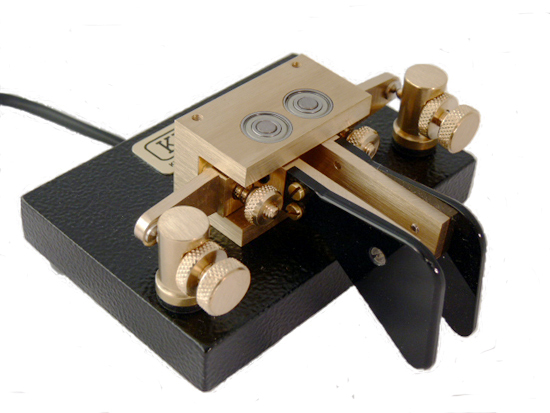Although not a frequent or very good CW operator, I do like to try QRP CW from time to time, usually with a straight key I've had for over 40 years. With rubber stamp QSOs on HF I can usually manage OK. The problem comes when people ragchew and I lose concentration!
Some years ago I bought a beautifully made
Kent paddle key but I've hardly ever used it because I kept making mistakes. So, today I dug it out and decided to persevere with it on 40m CW. I managed a nice (unexpected) 2-way QRP QSO with Rick
DK4QK who, despite my sending, managed to copy everything. Later I worked
DM0E on 2-way QRP as well, using the bug. Like all things, good CW comes with practice and use. Using a paddle key should allow me to send better and faster CW with a little bit more practice on my part.
So, if you hear me calling CQ on 40, 20 or 10m in the coming days on CW, and there are plenty of mistakes and extra dots, then you'll know who it is.







